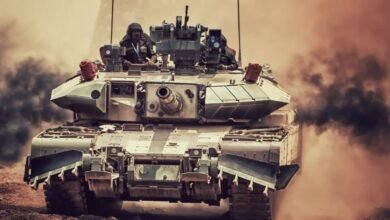Explained: Types of Regiments
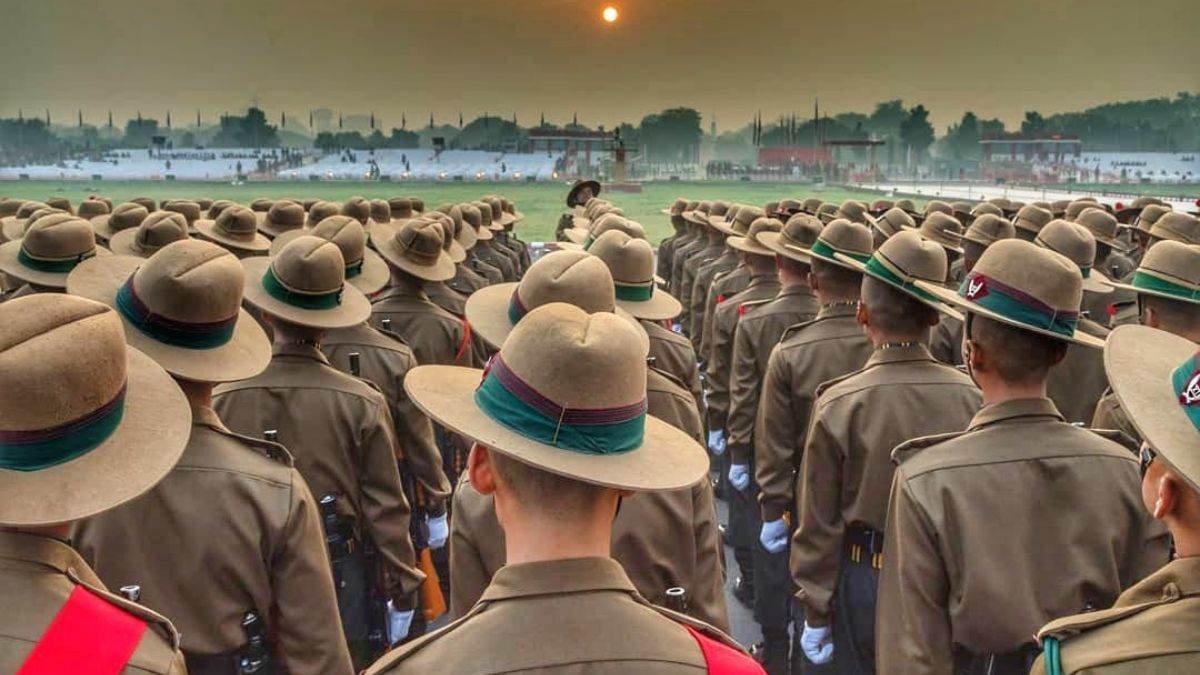
Hello defence lovers! Ever thought, why Gurkha Rifles are called “Rifles”, not regiment or Ladakh Scouts are called “Scouts”, not regiment? In This article, we are going to explain the difference between regiments, light infantry, rifles, grenadiers and scouts.
Line Infantry Regiments
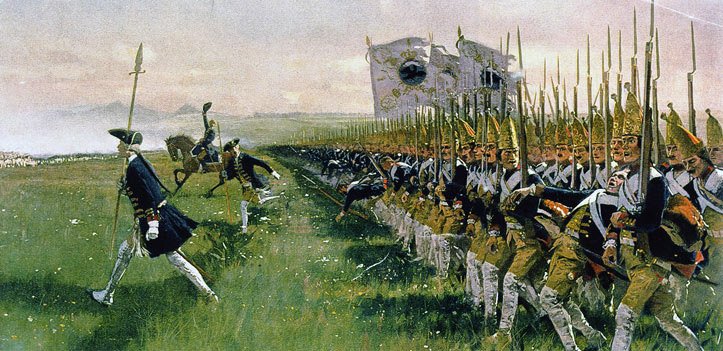
Line Infantry Regiment is a type of infantry that is organized into linear formations and is typically used in conventional warfare. The term “line infantry” refers to the practice of deploying soldiers in long, straight lines in order to maximize the effectiveness of musket fire. This style of warfare was dominant in Europe from the 17th century until the mid-19th century.
Line infantry units typically fought in close formation, with soldiers arranged in several ranks, each firing their muskets in volleys. This style of fighting required a high degree of discipline and training, as soldiers needed to be able to maintain their formation and reload their muskets quickly under enemy fire.
The line infantry regiments in the 18th century had all the elements of a modern army starting from artillery to cavalry since there were no specialized support arms at those times. A unit had foot soldiers armed with muskets, some soldiers armed with rifles, some with cannons and other heavy equipment and some mounted on horses.
Nowadays line infantry regiments are only called regiments since they no longer move in a straight line on the battlefield. Some examples are the Sikh regiment, Jat regiment, Madras regiment etc.
Light Infantry Regiments
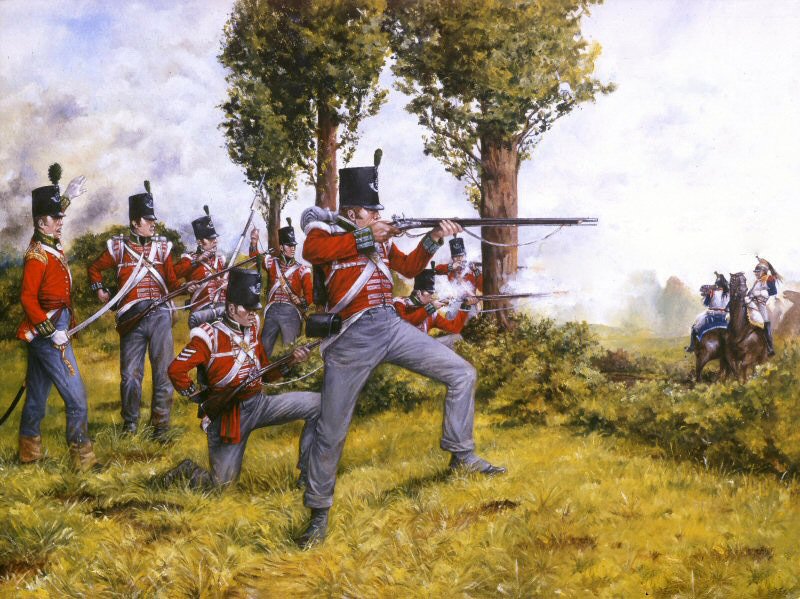
As discussed above, during the 18th century the line infantry regiments consisted of a variety of heavy machinery. Thus they had a very slow movement and long deployment time. By the time the regiments reached remote locations, the fighting was often over. Moreover, they also could not move in mountainous or jungle terrains. To overcome all these difficulties, Light Infantry regiments were formed. These regiments only had foot soldiers armed with muskets or later on rifles. The Maratha Light Infantry is the oldest light infantry of the Indian army.
Rifles
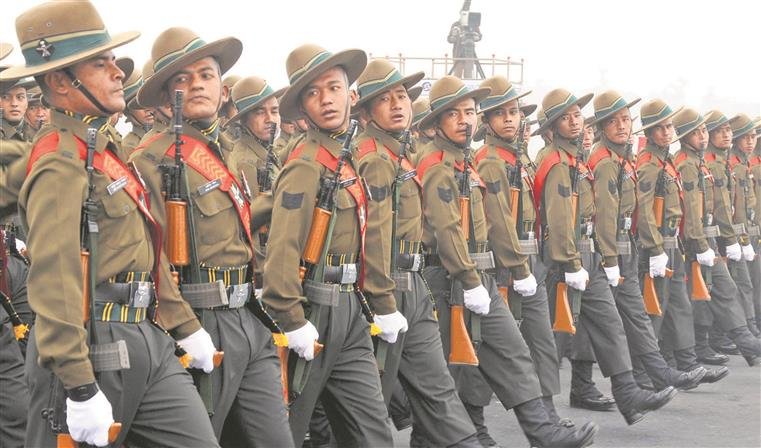
Over time, with the invention of rifles, a few specialized rifle regiments were created which were called “Rifles”. In the early 18th century, the musket was the common weapon of an infantry soldier. But when the rifle was invented, it was considered a superior technology as it can hit targets over 200 meters compared to traditional muskets which were ineffective beyond 25 meters. Producing a rifle was a very costly affair back then as rifling a barrel consumed a lot of resources. Thus all soldiers could not be equipped with rifles. Few regiments were equipped with rifles and hence became ‘Rifle Regiments’.
The tactics of Rifles differed a lot from a regiment. The rifles specialized in guerilla warfare, especially in jungles. They were highly mobile and could deploy rapidly. Unlike regiments, the soldiers used to be spread over the battlefield. However, as technology progressed, the differences between regiments and rifles also vanished with time.
There are still many differences between the Riffles and the Regiments which are kept alive as a form of tradition in the Indian army. A soldier in a regiment is called a ‘sepoy’ whereas a soldier in the Rifles is called a ‘rifleman’. The insignias and badges worn by riflemen are black compared to the flashy ones of the sepoys. This was done to conceal riflemen in terrains as they specialized in guerilla warfare. There are some other changes like the marching pace of regular regiments is 120 steps per minute whereas the marching pace of rifles is 140 steps per minute.
The Gurkha Rifles are one of the most popular infantry units of the Indian army. There are other examples such as Garhwal rifles, Rajputana rifles and Jammu Kashmir Rifles.
Grenadiers
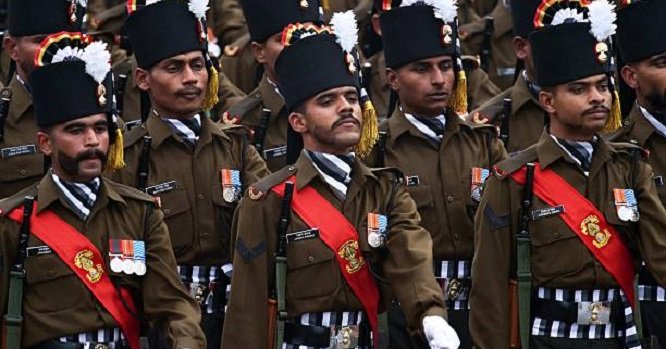
Grenadiers were originally a type of specialized soldiers within an infantry unit who were tasked with throwing grenades or other explosive devices at the enemy. The term “grenadier” comes from the French word for a grenade, “grenade”.
During the 17th and 18th centuries, grenadiers were typically chosen from among the tallest and strongest soldiers in a regiment, as they needed to be able to throw heavy grenades over long distances. Grenadiers were also equipped with a variety of specialized weapons and equipment, such as swords, axes, and long-barreled muskets.
Over time, the role of grenadiers evolved, and they became known for their bravery, discipline, and toughness in battle. Grenadiers were often used as shock troops, tasked with leading charges and assaulting fortified positions.
The Grenadiers Regiment is one of the oldest regiments in the Indian Army, with a history dating back to 1779. It has served in numerous campaigns, including both World Wars, the 1965 and 1971 Indo-Pak Wars, and the Kargil War. It is one of the most decorated regiments with countless gallantry awards including three Param Veer Chakra
- Company Quarter Master Havildar Abdul Hamid, 4th Grenadiers, 1965.
- Major Hoshiar Singh, 3rd Grenadiers, 1971.
- Grenadier Yogendra Singh Yadav, 18th Grenadiers, 1999.
Scouts
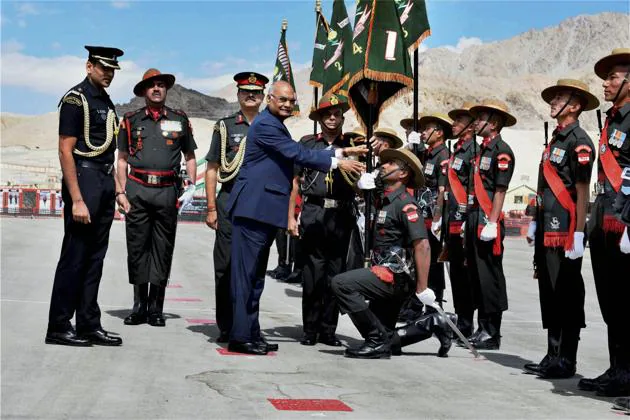
In the Indian army, there are some specialized regiments called Scounts. These are Ladakh Scouts, Sikkim Scouts and Arunachal Scouts. These regiments were specially raised to protect the respective states from China. The soldiers of these regiments are recruited from the particular state only. Since the soldiers are native to the place which they defend, they possess superior knowledge of the terrain and performance in that climate. Scouts are the eyes and ears of the Indian army in these particular states. They are also known as the “sons of the soil”
Conclusion
So these were all the different types of Infantry regiments that exist today in the Indian army. All the namesakes are significant from a historical point of view. However, this classification has lost its significance with time as all the units (except the special forces like Para SF, Rashtriya Rifles, Special Frontier Force etc ) have common armament and more or less the same tactics making them equally effective on the battlefield. Other elements of line infantry such as artillery and cavalry (now mechanised infantry and armoured corp) have evolved as separate support arms in the modern structure.



